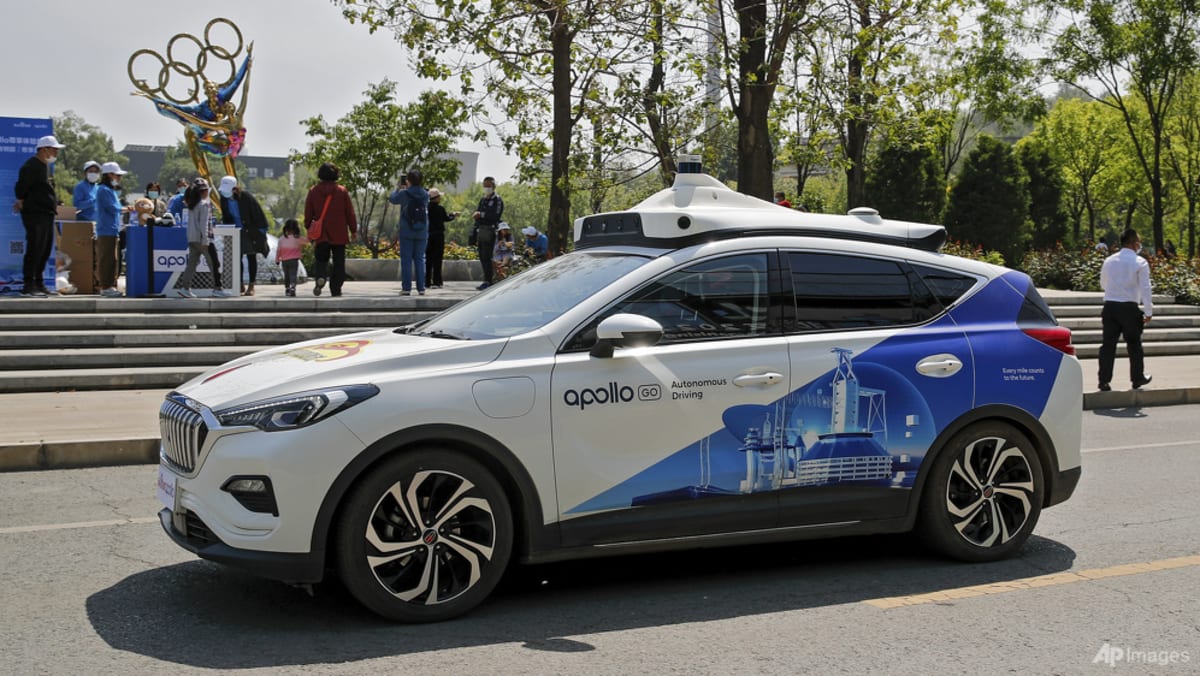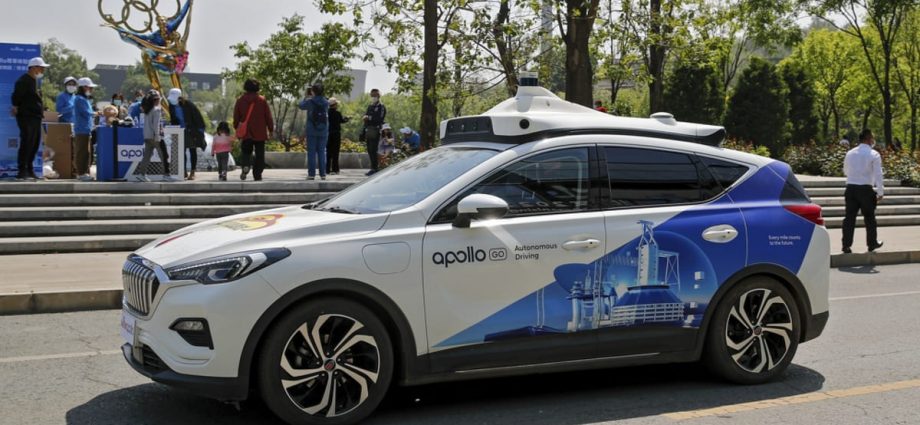
Beijing’s endorsement of AVs isn’t part of a fad to keep up with evolving technology. Unlike other parts of the world, where regulatory backing has been one of the biggest barriers, China has actively made way for driverless cars through detailed legislation, permits and special zones since 2015 when the State Council identified it as a key focus area over the following decade.
It’s now looking for mass commercialisation by 2030. State backing matters because if cars are to become truly and fully autonomous then we’ll have to rethink decades-old rules of the road. That won’t be the realm of private companies – no matter how good their technology is.
The government-backed and guided approach has proved effective because the regulation is specific and creates boundaries; it doesn’t just set out a broad, sweeping set of guidelines or rules. There are details around key issues for AVs like road-testing, permits, cybersecurity, high-definition maps, accidents and liability.
In Beijing, for instance, a 60 sq km area that covers around 300,000 residents has been designated to allow driverless cars. That’s giving a framework to companies making software to pilot AVs.
GETTING RIDERS ON BOARD
With policy tailwinds, firms that develop software for smart cockpits and fancy central control panels for drivers are all the rage. Drivers too want more: Sales of vehicles equipped with these features have been rising in China.

